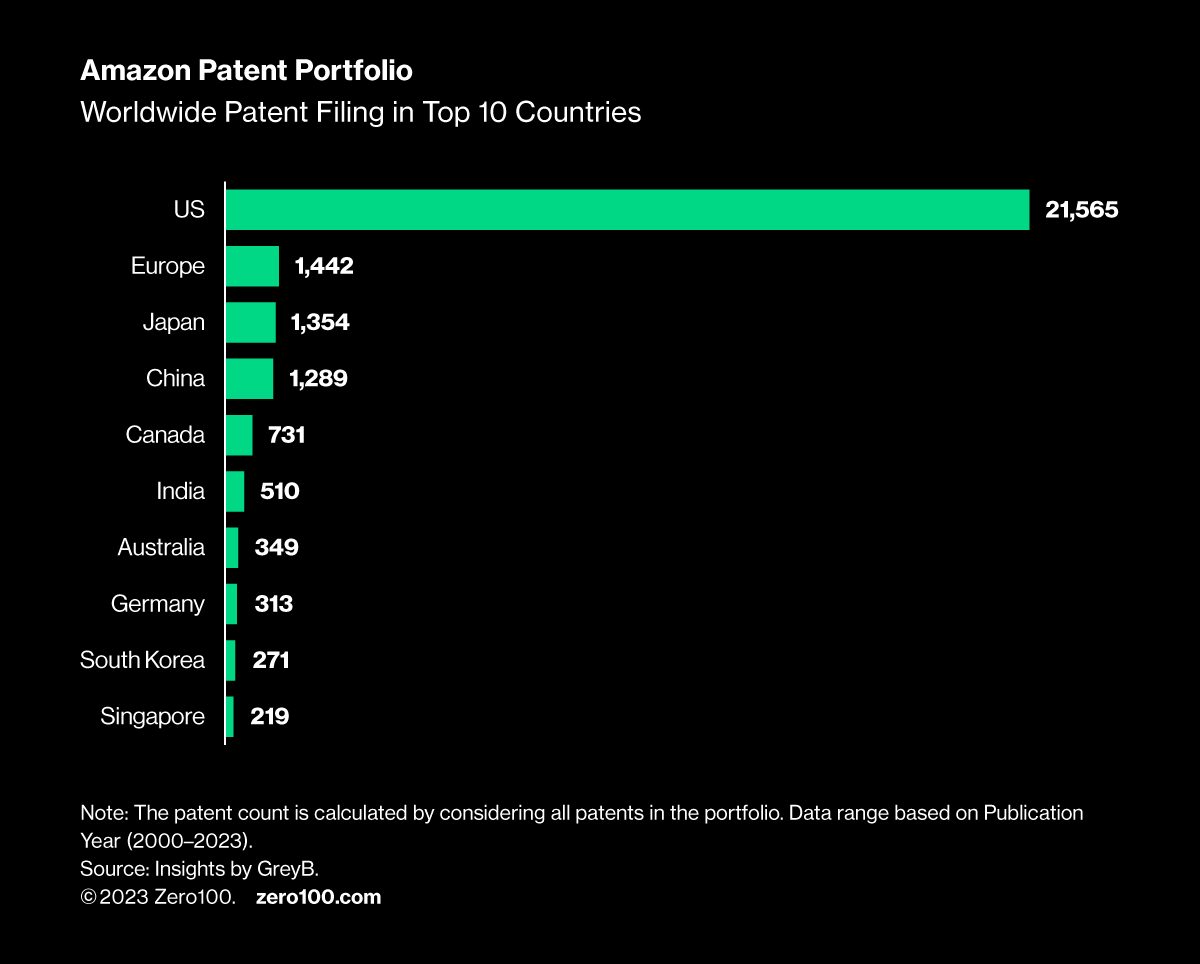When I joined Amazon in 2018 after two decades studying supply chain technology at Gartner, Oracle, and Stanford, I was blown away. The gap between what Amazon’s supply chain optimization technology team had built in-house and what I knew as typical best practice among F500 companies was enormous. Amazon holds 1,349 patents for logistics – more than for e-commerce, AI, or media streaming.
Big-tech meets big-supply chain at Amazon because that’s what it takes to deliver the customer promise. Building it in-house was the only way to get there.

Pioneers have always done this. IBM built the system for a super-lean PC supply chain in the early 2000s, Walmart invented Retail Link, along with Procter & Gamble in the 1990s, and Dassault Aviation drove the development of 3D CAD technology, which spun off PLM leader Dassault Systemes in 1981. The common thread is a business need for better technology to solve an operational problem that is truly and only understood by those living it.
People, re: the Pioneers
How does a typical supply chain organization that runs on an old-school ERP backbone and assorted point solutions for planning, production, and sourcing start to build its own tech? It begins with people who bring knowledge both of specific operational disciplines and the data that describes a process well enough to enhance or, better yet, automate it.
In Amazon’s case, each incremental improvement in fulfillment center processes or delivery logistics arises out of a defect known in excruciating detail by those working on the front lines. The problem causing the defect is broken down into data elements that can be represented in a decision tool displayed for the operator at the exact point where things go wrong. The discipline is pure lean thinking, and the technology enabler is often no more complex than an app your kids might build for fun.
This incremental approach to building tech in-house is what worked for Microsoft’s hardware team as it embedded more AI into its planning system to survive and thrive through the post-COVID supply chain crisis. It is central to what Unilever is doing now with its UniOps strategy to enable work improvement with better data across all supply chain operations. It is also part of the inspiration for PUMA, who built a custom PLM system to improve new product development and launch.
Look Outside the US and EU for Talent
Where are these people? Unfortunately, for leaders based in North America or Europe, the answer is elsewhere. One CSCO of a global consumer products company told a story that is typical of reality. This leader was just back from a tour of facilities in Asia and reported that many members of middle and lower-level teams in Vietnam, China, and Malaysia were regularly writing their own code for analytics and other applications. Not so in the United States.
In fact, Zero100 data and analysis of 589,000 supply chain job descriptions worldwide shows that new hires are 35 times more likely to be required to show up with Python skills on their first day of work in India than in North America, and 27 times more likely to be Python pros than they are in Europe. The pattern holds true across all kinds of digital skills, with emerging supply chain hubs like Mexico, Vietnam, and Eastern Europe all much more likely to require applicants to bring knowledge of everything from analytics to robotics to the job off their own back.
The data also points to a clear country winner in terms of digital skills in supply chain roles. Indian supply chain job descriptions are more than twice as likely to require analytics skills than any other geography, and at least four times as likely to require skills in AI/ML or software engineering.
This emerging market tech leadership may reflect years of experience in these geographies with tech outsourcing or extraordinary higher education options like the Indian Institutes of Technology and the Tecnologico de Monterrey in Mexico, both of which are world-class. Maybe it’s a cultural factor, favoring technical education over classical studies in the Eurocentric world.
Regardless, the road to building your own supply chain tech clearly runs through Bangalore.
